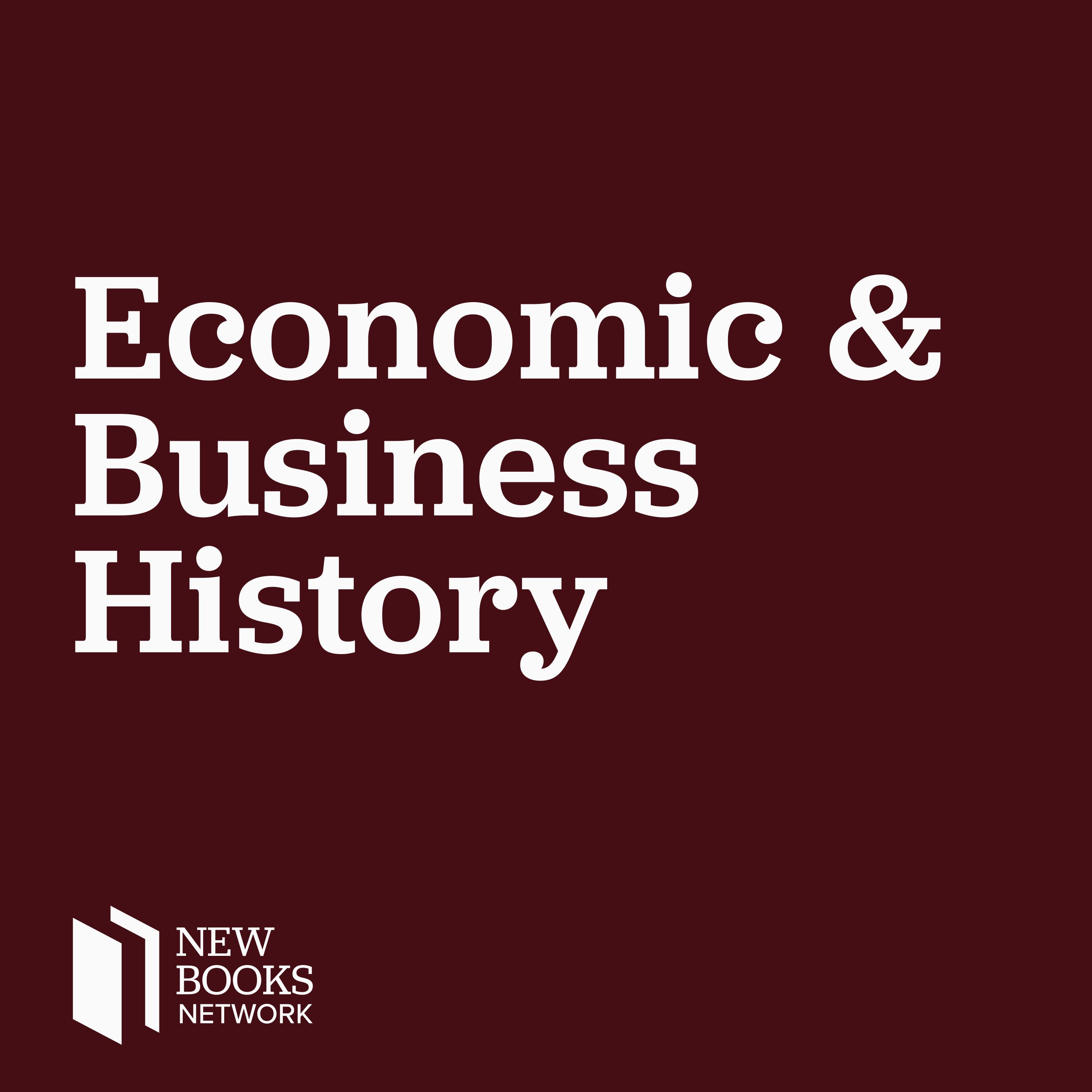
Katherine Hempstead, "Uncovered: The Story of Insurance in America" (Oxford UP, 2023)

New Books in Economic and Business History
Shownotes Transcript
Historically, the insurance industry in America has been fragmented. As a result, there have been debates and conflicts over the proper roles of federal and state governments, business, and the responsibilities of individuals. Who should cover the risks of loss? And to what extent should risk be shared and by whom?
In *Uncovered: The Story of Insurance in America *)*(*Oxford UP, 2023), Katherine Hempstead answers these questions by exploring the history of the insurance business and its regulation in the United States from the 1870s through the twentieth century. Specifically, she focuses on the friction between the public demand for insurance and the private imperatives of insurers. Tracing the history of the industry from the early days of life, fire, and casualty insurance to the development of state regulation in the late nineteenth century, Hempstead examines the role that insurers initially played in the largely voluntary social safety net and how this changed over time. After the Great Depression, the federal government assumed a greater role in the provision of insurance, while insurers enthusiastically pursued the growing business of employee benefits. As the twentieth century progressed, insurers and government have become interdependent, with insurers participating in publicly funded markets. As Hempstead shows, periodic crises in life, fire, health, auto, and liability insurance highlighted gaps between the coverage that insurers were willing to provide and what the public demanded.
Learn more about your ad choices. Visit megaphone.fm/adchoices)